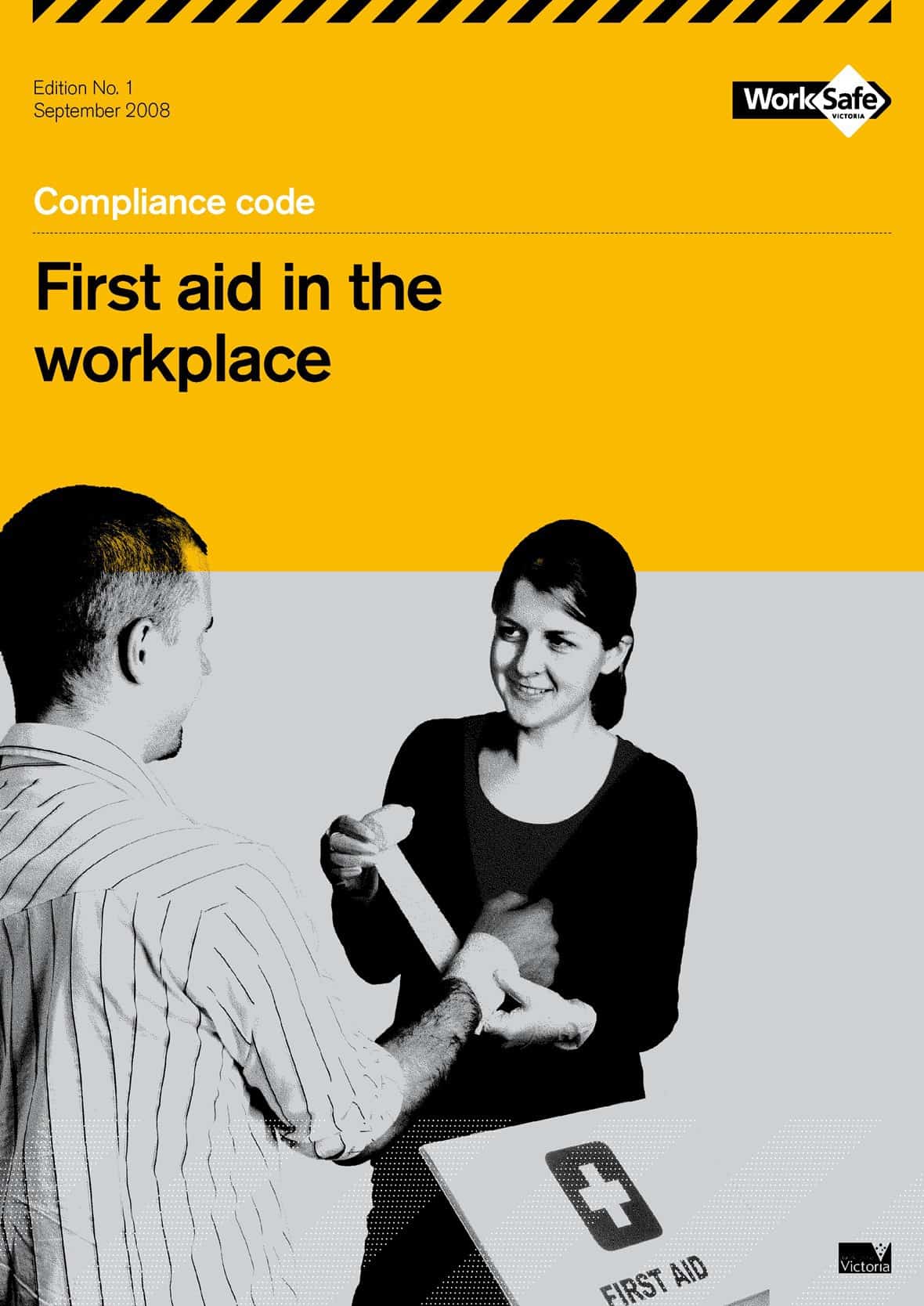A recent article in a rehabilitation newsletter reminded me of a client from several years ago.
Several employees in a small item packaging line were reporting wrist and forearm soreness toward the end of their shift. They believed that the line speed was too fast for them to comfortably work their full shift.
In consultation with the workers and the operations manager we went through various possible control options – line speed, automation, seating, posture, warm-up exercise, footwear, length of shift…..
A couple of days later, I was at the workplace at the end of the shift. The employees said they were sore but they did not go home. They stayed on for several hours of overtime. When I asked them about this they said they always do the overtime.
So the assessment of working environment had incomplete data.
My advice was that if the employees were putting themselves at harm of the potential for harm, undertaking overtime while not fit-for-work contravenes their own OHS obligations. If the employer offered these employees overtime knowing the employees were in pain, the employer is breaching the OHS obligation.
That is the straight OHS position. But life is more complex than OHS. The right OHS decision deprives the employees of additional income. The right OHS decision could encourage employees to not report their pain or discomfort, for if they do, the offer of overtime would be withdrawn. Non-reporting of injuries is a common short-term decision that many employees make.
It is in this context that consultation is required between employees, production manager, supervisor, human resources officer, and the health & safety rep, if one is on site. This consultative group can then make a decision that everyone understands the justification for, even if some participants do not like it.
A question to ponder from the scenario above – if one of the workers developed pain during the normal work shift, undertook overtime without the employer being informed of the pain and put in a worker’s compensation claim for the pain, would the employer feel justified in contesting the claim?

![Media -0x1.8b5ce0p-63lert- 52392336nal[1] - crime Media -0x1.8b5ce0p-63lert- 52392336nal[1] - crime](http://safetyatworkblog.files.wordpress.com/2009/06/media-0x1-8b5ce0p-63lert-52392336nal1-crime.jpg?w=191)


